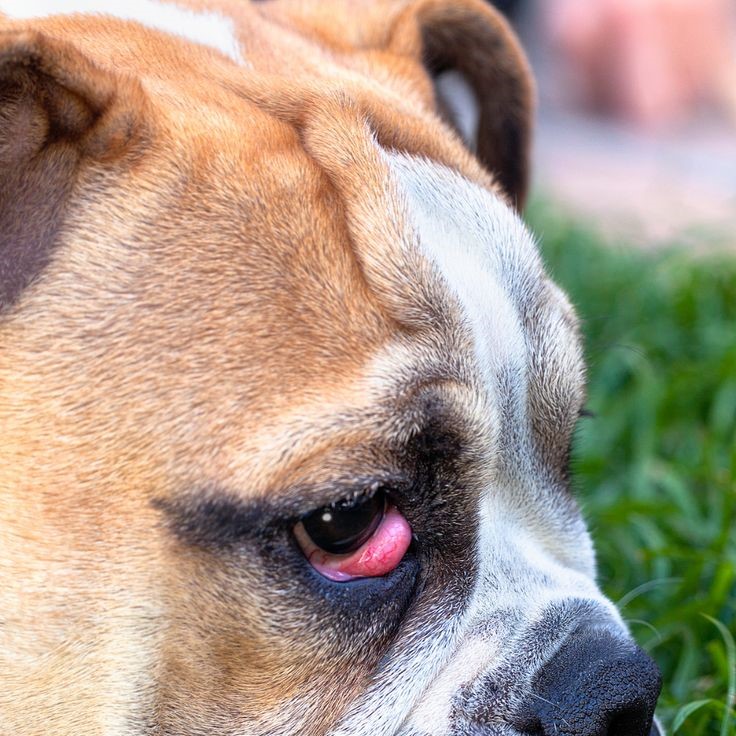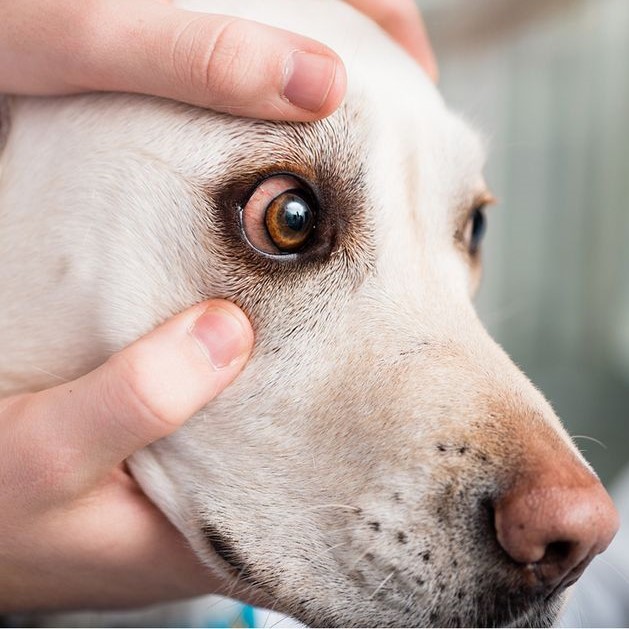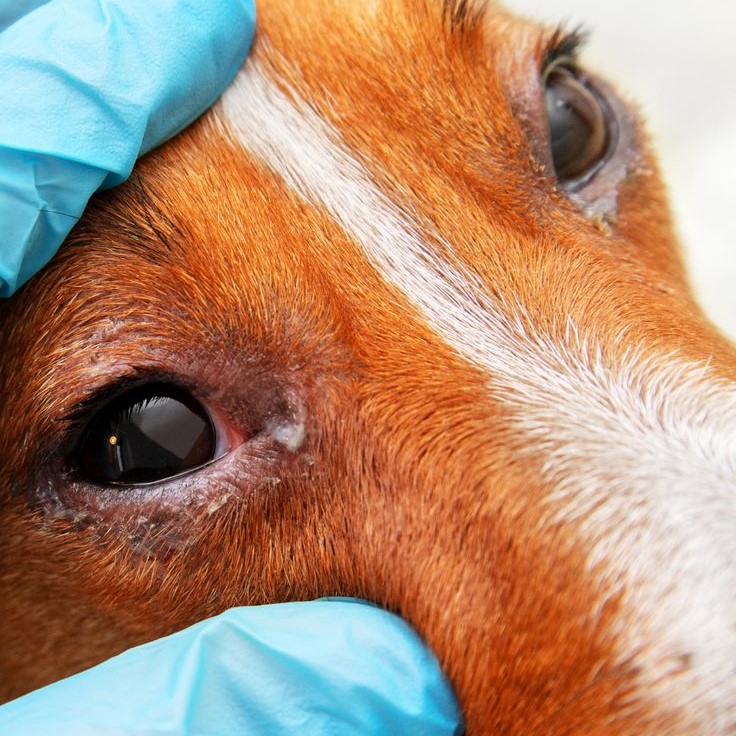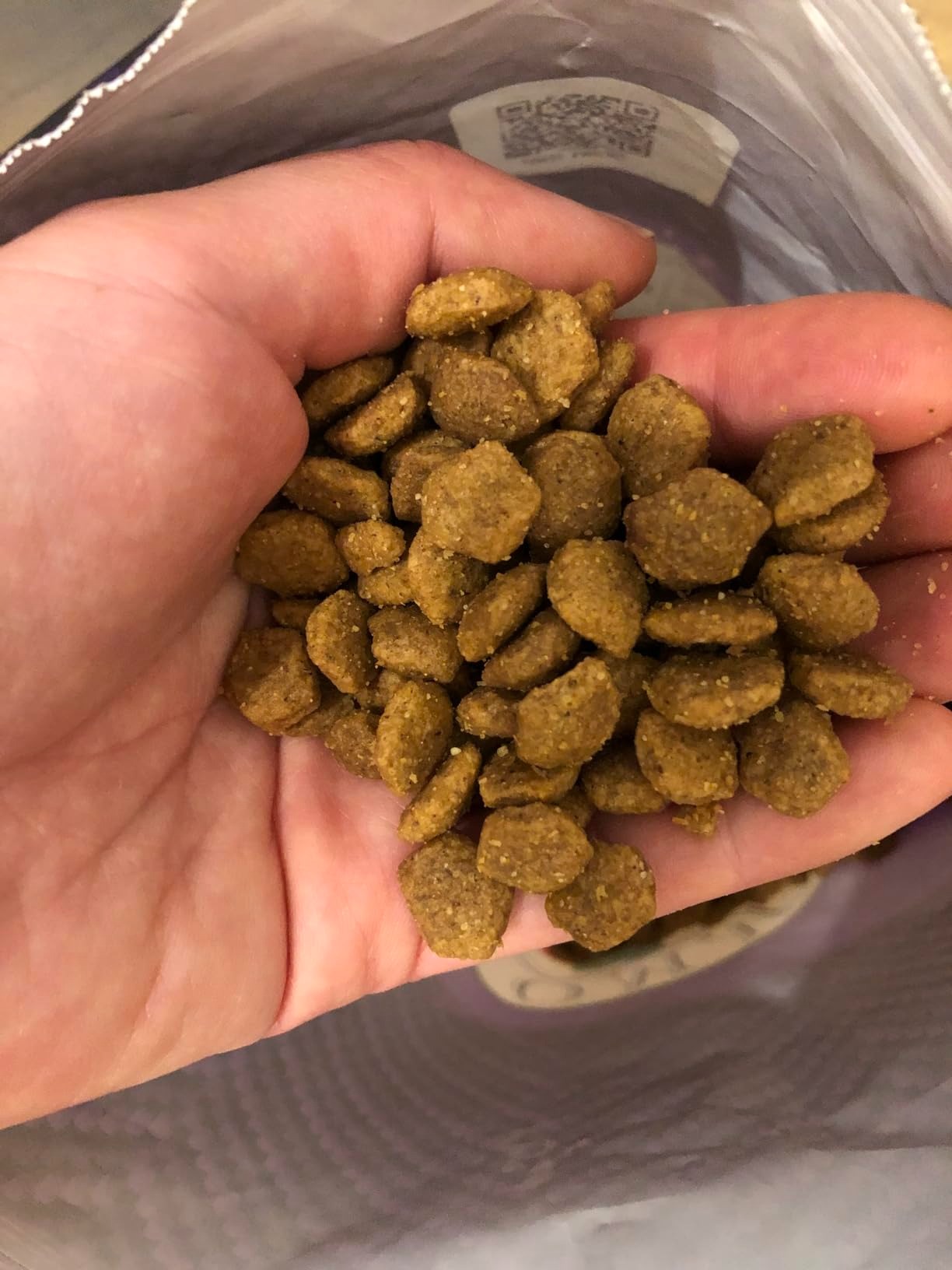Introduction: Understanding Dog Red Around Eyes Skin
Noticing redness around your dog’s eyes can be concerning. The condition known as dog red around eyes skin may indicate allergies, infections, or even irritations. As a responsible dog owner, understanding the underlying causes of this issue is critical in ensuring your pet receives the necessary care.
The skin around your dog’s eyes is delicate and can react to various factors, leading to discomfort. This article will explore the potential causes of redness around your dog’s eyes, identify key signs that indicate when veterinary attention is needed, and provide guidance on how to care for your dog effectively. By staying informed, you can help ensure that your furry friend remains happy and healthy.

Common Causes of Redness Around Your Dog’s Eyes
To manage dog red around eyes skin effectively, it’s essential to understand the most common causes. Here are some potential culprits that might lead to irritation or redness:
1. Allergies
- Environmental Allergens: Dogs can suffer from environmental allergies similar to humans. Common allergens include pollen, grass, mold, and dust mites. Your dog may develop itching and redness around their eyes when exposed to these irritants.
- Food Allergies: Certain ingredients in food can trigger allergic reactions in dogs. Common allergens include beef, dairy, chicken, and wheat. Watch for signs, such as redness and gastrointestinal issues, when introducing new foods.
2. Infections
- Bacterial Infections: Bacterial infections can cause inflammation and redness in the eye area. Symptoms can include discharge, swelling, and excessive tearing.
- Fungal Infections: Fungal infections, though less common, can occur and result in similar symptoms to bacterial infections. If your dog shows signs of discomfort, consult a veterinarian.
3. Parasites
- Fleas and Ticks: Infestations of fleas can lead to considerable irritation. Flea allergies, in particular, can result in dog red around eyes skin when your dog reacts to flea bites. Ticks can also lead to red skin due to localized irritation.
- Mites: Demodex or Sarcoptic mites can cause inflammatory issues and skin irritations around the eyes. If these parasites are present, veterinary treatment will be necessary.
4. Skin Conditions
- Dermatitis: Conditions like contact dermatitis can develop when irritants come into contact with the skin around the eyes. Common irritants can include soaps, shampoos, or even certain types of fabric.
- Eyelid Problems: Conditions such as entropion (where the eyelid rolls inward) can cause the eyelashes to rub against the skin, resulting in inflammation and redness. This issue requires veterinary intervention to address.
Signs That Your Dog Needs Attention
Recognizing the signs that your dog may need medical attention for red skin around their eyes is crucial. Here are some key indicators to keep an eye on:
1. Excessive Scratching and Rubbing
If your dog is constantly scratching or rubbing their eyes with their paws, it can indicate discomfort and irritability. This habit often exacerbates the condition, potentially leading to more serious skin issues.
2. Swelling or Discharge
If you notice swelling, increase in redness, or unusual discharge around your dog’s eyes or face, these symptoms may suggest an infection or serious irritation. Any discharge should be monitored closely for changes in color or consistency.
3. Behavioral Changes
Changes in your dog’s normal behavior can hint at health issues. If your dog seems unusually lethargic, avoids interaction, or appears to be in pain, it’s time to seek veterinary care. Such changes often indicate more than just minor discomfort.
4. Changes in Eating or Drinking Habits
Any reluctance to eat or drink due to irritation around the eyes may warrant further investigation. If your dog seems hesitant when approaching food or water bowls, this could signal a problem requiring immediate attention.
When to Seek Veterinary Care
Knowing when to take your dog to the veterinarian is essential in addressing dog red around eyes skin effectively. Here are several situations that necessitate a veterinary visit:
Persistent Redness
- Duration of Symptoms: When you notice redness around your dog’s eyes, it’s essential to monitor how long these symptoms last. If the redness persists for more than a day or two, this could be a warning sign that something more serious is at play.
- Veterinary Examination: Persistent symptoms warrant a trip to the veterinarian. A proper examination can help identify underlying issues that may not be immediately visible, such as allergies, infections, or other health problems.
- Potential Underlying Issues: Extended redness may indicate the presence of more severe health concerns. These could range from complete skin infections to chronic conditions that require medical intervention. Ignoring persistent symptoms could lead to complications.
- Proactive Care: Early veterinary care is crucial in addressing persistent redness. By seeking help sooner rather than later, you increase the chances of a successful treatment and prevent further complications that could arise from delayed intervention.
Accompanying Symptoms
- Identifying Other Signs: If the redness around your dog’s eyes comes with other symptoms, such as swelling, discharge, or excessive scratching, it’s imperative to take action. Collecting this information can help your veterinarian assess the situation more effectively.
- Importance of Prompt Attention: Quick veterinary assessment is necessary to avoid complications that could arise from untreated conditions. Signs like discharge can hint at an infection or allergenic response that may worsen without treatment.
- Monitoring for Swelling: Swelling around the eyes often signals inflammation, which might be indicative of an allergy or infection. Monitor any changes closely, as swelling can lead to discomfort or obstruct your dog’s vision.
- Managing Excessive Scratching: Excessive scratching can exacerbate skin irritation, leading to open wounds or infections. Addressing this behavior quickly is crucial in promoting healing and preventing further irritation.
Behavioral Concerns
- Watching Behavior Changes: Significant changes in your dog’s behavior can signal potential health issues. Observing your dog’s energy levels and enthusiasm for activities they typically enjoy is essential in detecting problems early.
- Signs of Lethargy: If your dog is more lethargic than usual or seems disinclined to engage in playful activities, this could indicate discomfort caused by the redness around their eyes or other related issues.
- Avoidance of Activities: A sudden reluctance to partake in previously loved activities, such as walking, playing, or interacting, warrants attention. This change can often reflect discomfort or pain associated with their eye condition.
- Prompt Action Needed: If you notice these behavioral changes, consult your veterinarian. They can help determine whether the eye condition is causing discomfort that affects your dog’s overall activity level.
New Symptoms
- Recognizing New Developments: If your dog develops new symptoms, such as more gastrointestinal issues, excessive tearing, or unexplained weight loss, it’s essential to take notice. These symptoms could indicate broader health concerns that require evaluation.
- Worsening Existing Conditions: If previously managed symptoms worsen, it’s important to consult your veterinarian promptly. Worsening symptoms indicate that the treatment regimen may need adjustment or that a new issue may be developing.
- Seeking Proper Diagnosis: Don’t hesitate to reach out to your vet for a thorough assessment of new or worsening symptoms. A professional’s insight will help you understand the issue more clearly and provide an appropriate treatment plan.
- Treatment Variability: Early intervention often leads to better outcomes. By proactively addressing new or worsening symptoms, you can facilitate more effective treatments that improve your dog’s health and comfort.
Recent Changes
- Post-Diet or Environment Changes: If you have recently changed your dog’s diet or environment (such as moving to a new house or introducing new pets), be vigilant for any skin issues that may arise shortly after the change.
- Identifying Irritants: Consulting your veterinarian in this scenario is critical. They can help you identify potential irritants linked to the changes, such as new food ingredients or allergens from the environment.
- Monitoring Reactions: Keep track of any reactions your dog has to new foods or environments. Be observant of changes in their skin or behavior that could hint at allergies or sensitivities. This will assist the vet in making informed recommendations.
- Adjusting Care Approaches: Adjusting your dog’s care in the wake of recent changes may be necessary. Your veterinarian can recommend dietary adjustments or alternative environmental modifications to alleviate any skin issues and keep your pet comfortable.
Home Care and Management
While veterinary treatment may be necessary in some cases, there are several ways you can manage your dog’s red around eyes skin at home:
1. Regular Grooming
- Keep a Routine: Regular grooming is important in preventing allergens from irritating the skin. Brush your dog often to remove dirt, pollen, and dander, particularly around the face.
- Careful Cleaning: Make it a habit to gently clean the area around your dog’s eyes with a soft, damp cloth. This can help remove any discharge and reduce irritation.
2. Allergy Management
- Identify Triggers: Observing your dog can help identify environmental triggers. If you find specific allergens, limit your dog’s exposure to them during walks and outdoor activities.
- Home Air Quality: Improving the air quality in your home can help reduce allergens. Utilize air purifiers or keep windows closed during high pollen seasons to create a more comfortable environment.
3. Diet and Supplements
- Consult Your Vet: If you suspect allergies may be food-related, discussing dietary changes with your veterinarian can help you identify safe alternatives for your dog.
- Omega-3 Fatty Acids: Some pet owners find that adding omega-3 fatty acids to their dog’s diet contributes to healthier skin and fur, potentially reducing irritation.
Conclusion: Caring for Your Dog’s Eye Health
In summary, understanding the factors contributing to dog red around eyes skin is crucial for maintaining your pet’s health. By being proactive and informed, you can address potential issues early on and ensure your dog receives the necessary care.
Regular monitoring and awareness of changes in your dog’s skin and behavior can help you take the right steps to prevent discomfort. Whether through proper grooming, dietary adjustments, or veterinary visits, your attentiveness can make a significant difference in your dog’s health.
Remember, your furry friend relies on you for care and comfort. By staying vigilant and taking appropriate action when necessary, you can ensure they remain healthy and happy. Always prioritize your dog’s well-being, and do not hesitate to reach out for veterinary help when needed. With the right approach, you can combat issues associated with dog red around eyes skin and promote a flourishing life for your beloved pet!













